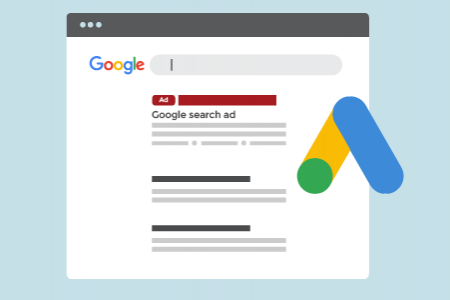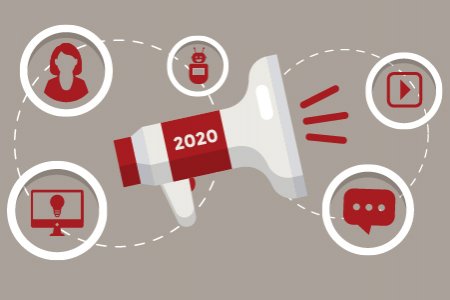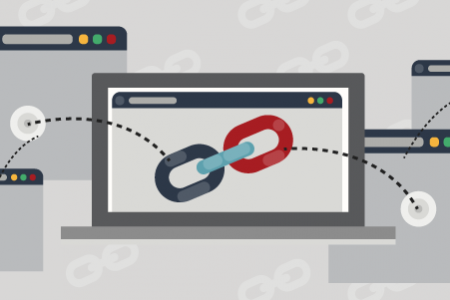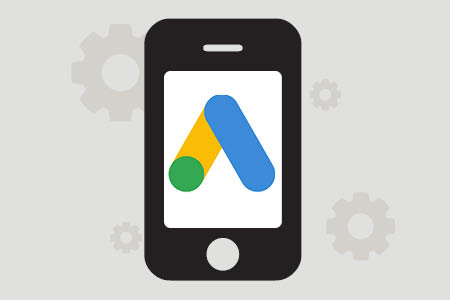We aim to respond to all messages within 1 business day. You'll be hearing from us soon!
In the meantime, perhaps you'd like to learn more...
6 Standard Blog Features Your Blog Should Have
Recently I was looking at this particular website’s blog and I couldn’t help but notice that they were missing some standard blog features. One of the first things I noticed when viewing this site’s blog was that none of their posts had dates, so I had no idea how actively they were blogging or how recent the last blog post was. Additionally, their blog had no categories, just ‘Page 1 of 12’, so I was unsure of the topics covered by the blog.
This got me thinking, what are some of the standard blog features that users would just expect to see/find when arriving at a websites blog for the first time. If you are reading this post you are most likely already aware of the many benefits of business blogs, but you may not be aware of the standard blog features readers expect to find. Six of these features include:
- An RSS feed. This crucial feature enables readers to add your blog to their RSS readers and be kept up-to-date as new content is published on your blog, without having to remember to visit your blog. There are numerous RSS directories that you can submit your blog’s RSS feed to. These directories not only help to widen you potential subscriber base, but also to help your blog get noticed by the Search Engines with valuable links back to your blog.
- Email subscription. Some people prefer to receive and read emails, so it’s a good idea to add this feature. Google Feedburner provides you with the ability to add a widget to your blog that allows for users to either add your blog to their RSS reader of choice or receive your blog updates via email.
- Noticeable link to the Blog. If you have integrated a blog into your website, this point may sound silly, but you would be surprised at the number of websites that link to their blog from the footer of the page in small print. Don’t bury the link to your blog if you want people to read it - make it easy to find by preferably keeping a link to it above the page fold. Likewise, it is a great idea to include a few of your most recent posts on the homepage, linking through to the full post via the title for that blog post. By doing so you’ll entice new and returning visitors on your site to check out the rest of your post.
- Blog categorisation system. New readers to your blog will often want to know what else you have written if they like your writing style, point of view etc. Archiving all of your old posts into clear categories helps readers find other posts of interest easily – much more user-friendly than being presented with ‘Page 1 of 12’ results to navigate. If you’re not sure what categories to include then read this post about how to choose categories for your blog.
- Social sharing buttons. Not having social media sharing icons on your blog posts severely limits how far and wide they can be shared. Include Facebook, Twitter, LinkedIn, Google+ and StumbleUpon to name but a few. All will help your blog posts to be seen by a larger audience if it is easily shared by readers via their social media profiles.
- Commenting facility. Engage and connect with your readers by allowing them to leave comments on your blog posts. Most blogging software platforms allow you to be notified as new comments are added, allowing you to moderate and reply to comments as they are added.
If your blog doesn’t have these six standard features listed above then I recommend you talk to your web developer about adding them. These features not only impact usability, but they can help to increase your blog’s readership and popularity in the Search Engines. Blogging is a great content marketing strategy to complement your Search Engine Optimisation (SEO) efforts.
If anyone has more standard blog features they often find missing on blogs, feel free to leave a comment below.
Written by Jessica Frandsen
Jess joined Apex in 2005 after graduating from Massey University with a Bachelor of Business Studies majoring in Marketing. As an Account Manager at Apex, Jess is responsible for the management of a large number of Search Engine Marketing campaigns. Jess is a Google Adwords Qualified Individual managing numerous campaigns for our clients across a broad range of industries and a...Related posts
AWESOME! LET'S GET STARTED
TELL US HOW WE CAN HELP
We aim to respond to all messages within 1 business day. You'll be hearing from us soon!
In the meantime, perhaps you'd like to learn more...






